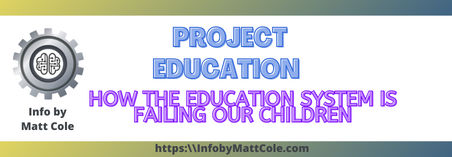Understanding “We The Living”: A Modern Teaching Approach to Ayn Rand’s First Novel
In an era where discussions about individual rights and political control dominate headlines, Ayn Rand’s “We The Living” offers students a powerful lens through which to examine these timeless conflicts. Background: Published in 1936, “We The Living” draws from Rand’s personal experiences in post-revolutionary Russia, making it her most autobiographical work. Thesis: Through strategic teaching approaches and modern educational techniques, this novel provides an invaluable platform for students to explore historical contexts, personal integrity, and contemporary parallels.
The novel’s setting in 1920s Soviet Russia provides crucial historical context that resonates with modern global issues. Supporting Detail 1a: Students explore parallels between historical surveillance states and modern digital privacy concerns through interactive activities like the “Living History News Room.” Supporting Detail 1b: The novel’s depiction of economic control and personal freedom connects directly to contemporary debates about government oversight and individual rights.
Character development in the novel reflects universal coming-of-age challenges amplified by political pressure. Supporting Detail 2a: Through character mapping exercises, students analyze how external pressures shape personal development. Supporting Detail 2b: Modern adaptation activities help students connect historical challenges to present-day experiences.
Digital tools enhance the exploration of the novel’s complex themes and symbols. Supporting Detail 3a: Virtual galleries and interactive timelines allow students to visualize and analyze symbolic elements. Supporting Detail 3b: Online collaboration tools facilitate group analysis of literary techniques and thematic development.
The novel’s structure provides opportunities for multi-modal learning experiences. Supporting Detail 4a: Students engage with the text through various digital platforms, creating blogs, vlogs, and multimedia presentations. Supporting Detail 4b: Assessment strategies incorporate both traditional and technology-enhanced methods.
“We The Living” addresses contemporary issues through its historical lens. Supporting Detail 5a: Students examine modern parallels to social media pressure, political polarization, and economic inequality. Supporting Detail 5b: Class activities encourage critical thinking about current events through the novel’s themes.
The comprehensive educational package supports diverse learning styles and educational standards. Supporting Detail 6a: Activities align with Common Core and state standards while maintaining engagement and relevance. Supporting Detail 6b: Assessment tools provide multiple pathways for demonstrating understanding and mastery.
Resources for Educators and Students can be found with We The Living by Ayn Rand – A Literary Analysis for High School Students . Additional free online resources for historical research and digital creation tools Professional development materials for implementing novel study.
Teaching “We The Living” through modern educational approaches creates powerful connections between historical events and contemporary challenges. Summarize Main Points: Through digital integration, interactive activities, and relevant assessments, students engage deeply with the novel’s themes while developing critical thinking skills. Final Thoughts: As we continue to navigate complex political and social landscapes, “We The Living” remains a vital tool for helping students understand both historical contexts and their own role in shaping the future.




